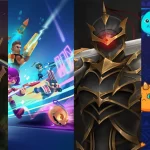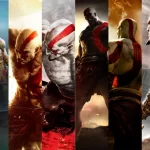What are the Best selling games of all time and why?
Video games have come a long way from the pixilated graphics and simplistic gameplay of the early arcade cabinets. Today, games are big business with blockbuster titles that sell tens of millions of copies and rake in billions in revenue.
Some games rise far above the rest to dominate the pop culture landscape and become instant classics. But what exactly makes them so immensely popular? A few major elements tend to make the really big games stand out from the crowd.
First, groundbreaking graphics and technology play a huge role. Gamers demand the latest in visual effects and physics engines, and games that push the boundaries seize their attention. Titles like Grand Theft Auto V amazed with its fully explorable open world recreation of Los Angeles. Red Dead Redemption 2 wowed with its stunning landscapes and the level of detail in its characters and animals. These games completely redefined what was possible on the Xbox One and PlayStation 4.
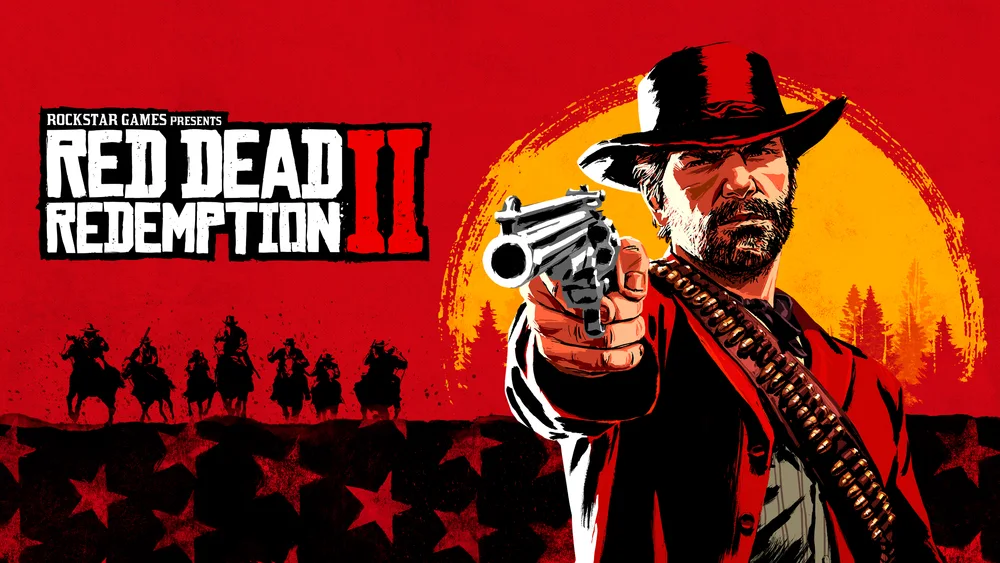
Second, innovative gameplay mechanics capture the gaming public’s imagination. Games like The Legend of Zelda: Breath of the Wild blew people away by letting you tackle dungeons in any order and climb pretty much any surface in the game. Fortnite took the world by storm with its creative spin on battle royale gameplay that incorporated building structures on the fly. Games that bring genuinely fresh ideas tend to become mega hits.
Third, epic stories and memorable characters captivate players and create buzz. From rescuing Princess Peach to fighting alien Flood in Halo, popular games tend to have narratives that tug at gamers’ heartstrings and characters they become attached to. God of War’s emotional story of a father and son brought the series to a new level and won critical acclaim.
Fourth, widespread social and cultural impact helps turn a game into a phenomenon. People who have never played Fortnite know what the “Fortnite dance” is. Pokémon has become an all-ages global brand beyond just the video games. When a game permeates the collective consciousness to this degree, it indicates a level of success that’s hard to top.
Finally, the community surrounding the game frequently plays a part. Whether it’s multiplayer matches, creative content, weekly challenges, or esports competitions, active communities fill the space between new releases and keep core fans deeply invested. Games like Minecraft and Destiny thrive due to the size and vibrancy of their communities.
Best selling games of all time
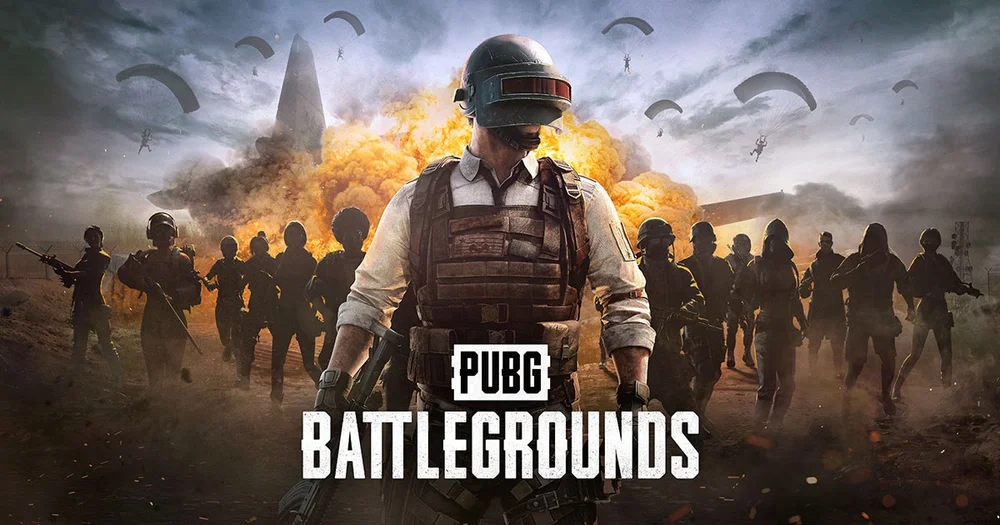
5. PlayerUnknown’s Battlegrounds
PUBG: Battlegrounds, otherwise known as PlayerUnknown’s Battlegrounds, took the gaming world by storm when it launched in 2017. The battle royale shooter pioneered the 100-player “last man standing” format that has since been copied by Fortnite and Apex Legends. But what is it about PUBG that made it an overnight phenomenon?
PUBG is one of the Best selling games and offered a brutally intense and realistic take on the battle royale concept. Where previous games tended toward over-the-top action, PUBG grounded the action in a believable military simulation. Guns feel and sound powerful, vehicles are essential for rotating between circles, and tactics like concealment, ambush, and hunting down enemies work much better than run and gun gameplay. This higher degree of realism captured the imagination of hardcore shooter fans.
Secondly, PUBG’s large maps allow for dynamic, strategic gameplay on a scale never seen before. The 8×8 kilometer Erangel map feels massive and each match plays out differently as the blue zone closes in different areas. Players can decide to drop into a hot zone for instant chaos or land in a remote outpost to quietly gear up. The wide array of tactics and possibilities keeps matches fresh even after thousands of hours.

A third reason for PUBG’s popularity is the sense of progression and customization. As players accumulate BP (game currency), they can buy hundreds of clothing items, gun skins, and emotes to personalize their character. Higher tiers award coats, masks and other ultra-rare items. Players also level up through the game’s seasons to earn ranked rewards like parachute skins. There is always a new goal to chase that makes each match feel meaningful.
Fourthly, PUBG’s distinctive combination of realism, unpredictability and squad play created a deeply social experience. Even random matchmaking often resulted in lighthearted banter, hilarious moments and genuine camaraderie between strangers. Many players credit PUBG for rekindling their love of gaming by introducing them to a whole community of likeminded friends. These social bonds have kept the game’s “hardcore” community alive long after the initial hype died down.
Finally, PUBG succeeded in large part because it was just plain fun. Sure, it could be infuriatingly intense and downright brutal at times, but those bite-sized matches left you hungry for more. In gaming, “fun” may seem like a simple metric but it’s truly the most important factor in any game’s long term success. For all its realism and tactical gameplay, PUBG never lost sight of the simple joy of being dropped onto an island full of players all vying to be the last one alive. And that basic fun remained intact at its core.
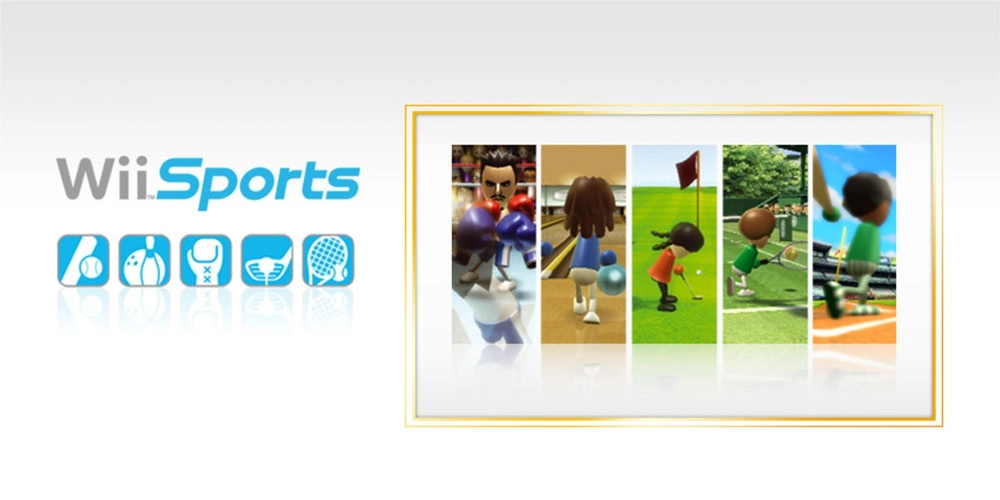
4. Wii Sports
If you owned a Nintendo Wii console back in the mid 2000s, there’s a good chance Wii Sports was one of the first games you played on it. In fact, Wii Sports came bundled with virtually every single Wii sold, making it one of the Best selling games for the entire seventh console generation. But what was it about Wii Sports that captured the hearts and minds of so many casual and core gamers alike?
Wii Sports ushered in an unprecedented era of accessibility in gaming. The simple motion controls that the Wii Remote used meant almost anyone could pick up and play, from young children to grandparents. No more fiddly buttons or complex combos – just basic swinging motions that mimicked the real-life sports Wii Sports simulated. This made the game instantly approachable and social, with entire families and groups of friends able to compete right out of the box.
And compete they did! Wii Sports featured 5 different sports at launch: tennis, baseball, golf, bowling and boxing. Each sport offered simple pickup-and-play controls while simulating the basic tactics, strategy and skills of the real thing. Between the happy Wii motifs, cartoonish visuals and goofy motion control swings, Wii Sports created a hilarious and lighthearted experience perfect for family fun nights and parties. But beneath the silliness lay a surprising amount of strategic depth, making each subsequent match between friends and family more competitive and less predictable.
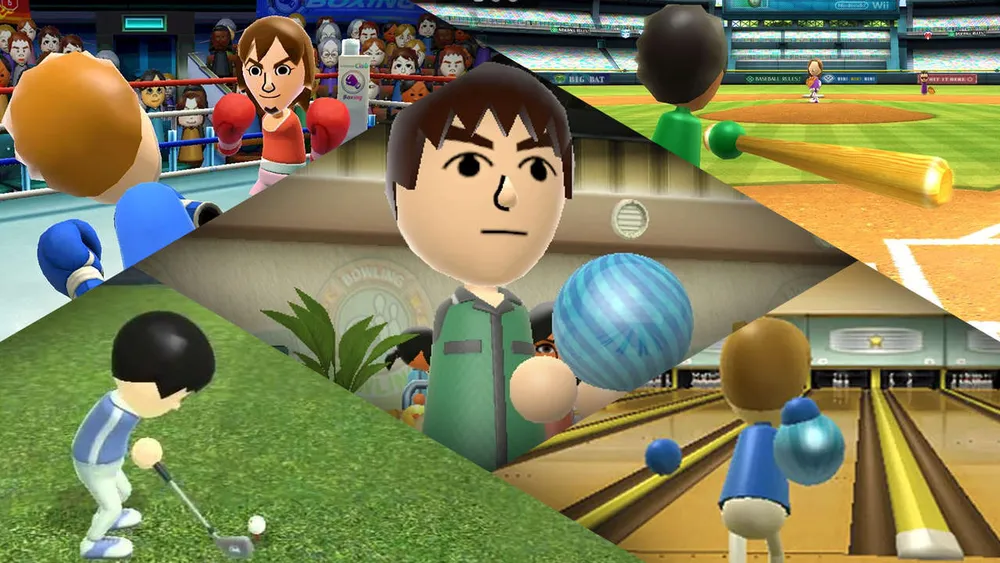
Perhaps most importantly, Wii Sports really delivered on the promise of making video games a more active and social experience. People who rarely played video game suddenly found themselves swinging tennis racquets, swinging golf clubs and mimicking boxing punches in their living rooms – burning calories and sharing laughs in the process. Friends and family members who wouldn’t normally interact much found common ground competing in Wii Sports tournaments. And Nintendo’s dedicated online Wii Sports community meant people could also compete with random opponents from around the world, further expanding the social horizons of their Wii console.
All in all, Wii Sports succeeded in capturing the imaginations of mainstream audiences by translating five universally beloved sports into an approachable and instantly enjoyable virtual form. It demonstrated that video games didn’t need to be complicated, difficult or highly technical to provide hours of genuine fun – they just needed to remove barriers to entry while preserving the core appeal of the activities they simulate. And by placing a virtual sports experience literally into the hands of millions of new players, Wii Sports opened the floodgates for an entire wave of “casual” gaming that transformed the industry.
So in many ways, Wii Sports didn’t just define what made the Wii console so special – it redefined the very concept of a “video game” for a massive new audience. By translating the simplicity, challenge and social bonds of real-life sports into bite-sized digital form, Wii Sports created a phenomenon that reminded us all what video games are truly meant to be: fun.
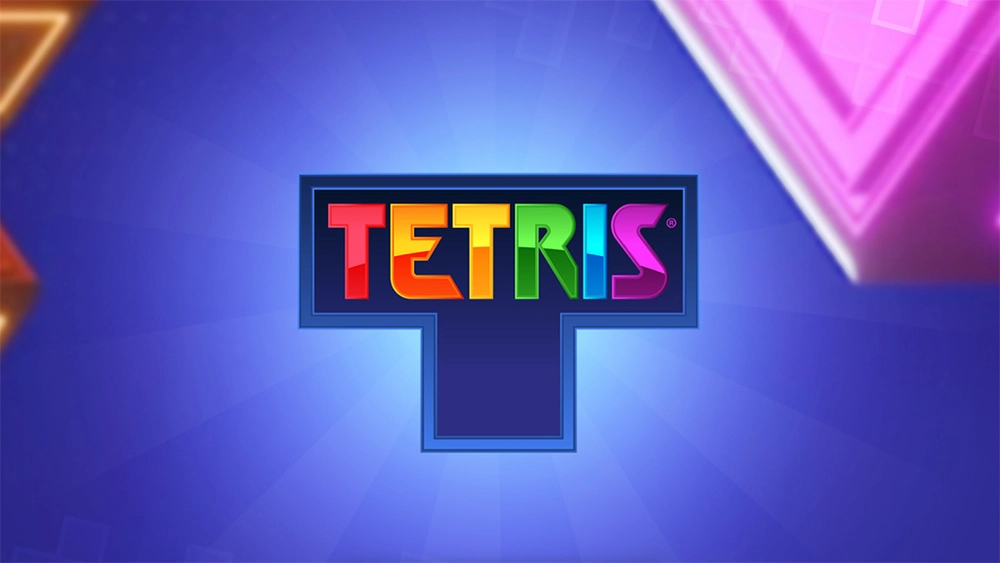
3. Tetris (EA)
In early 2012, fans of the classic puzzle game Tetris received some surprising news: Electronic Arts (EA) had acquired exclusive rights from The Tetris Company to produce Tetris games on all platforms for the next 35 years.
EA, widely known as one of the largest video game publishers, would now control development and distribution of all Tetris games and applications through at least 2047. For many longtime Tetris fans, this deal represented a possible threat to the future of their beloved game. EA’s reputation for aggressive monetization schemes, microtransactions and “pay-to-win” mechanics raised concerns the company would seek to exploit Tetris’ popularity for profit.
However, in the decade since acquiring Tetris, EA has mostly taken a hands-off approach to the puzzler, letting it remain true to its simple yet timeless formula. EA’s development teams have primarily focused on bringing Tetris to new platforms and updating classic versions with online multiplayer features while largely avoiding major changes to the formula that made Tetris an all-time classic.
This light-touch strategy appears to have benefitted both EA and fans of Tetris. EA has released Tetris games for every major platform, establishing a consistent revenue stream without tarnishing Tetris’ image through obtrusive monetization. Meanwhile, players have seen few major deviations from Tetris’ elegant minimalist design, ensuring each new version captivates new generations just as the original did.
On the whole, the exclusive rights deal seems to have worked for both EA and fans. EA has capitalized on Tetris’ broad appeal and name recognition through new ports, merchandise and mobile iterations. While alternative monetization systems surely exist, EA has mostly funded new Tetris projects through traditional upfront game sales rather than shifting to relying on microtransactions. This approach allows players to just buy the game they want and enjoy it as intended.
All this said, EA does deserve some criticism for not fully capitalizing on the opportunity to preserve and promote Tetris as a foundational part of video game history. While not ruining Tetris, EA also has done relatively little to celebrate its cultural and historical impact. More could likely be done to promote Tetris as art and educate new players about its significance.
In summary, EA’s ownership of Tetris rights has been a cautiously optimistic scenario for fans. EA has shown sufficient restraint in updating Tetris to avoid damaging its reputation, while still profiting from the consistent revenue the widely popular game provides. But EA could do more to properly honor Tetris as one of the most important games of all time, helping ensure its legacy endures for generations to come.
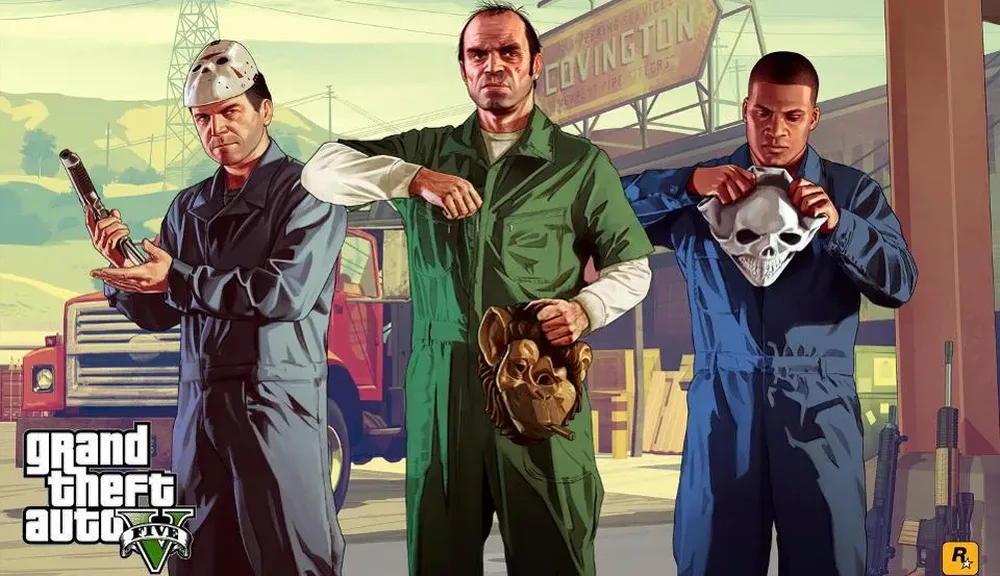
2. Grand Theft Auto V
When Grand Theft Auto V was released in 2013, it immediately broke sales records and became the fastest selling entertainment product in history at the time and one of the Best selling games of all time. But what is it about this open world crime game that made it such a massive hit?
For one, GTA V’s in-game map of Los Santos and Blaine County is utterly massive, modeled after the sprawling city of Los Angeles and its surrounding areas. Players have an entire living, breathing city filled with activities at their fingertips, from sky diving and tennis to robbery, carjacking and murder. Simply exploring the virtual world provides hours of unexpected discoveries and hilarious absurdity.
Secondly, the gameplay strikes a perfect balance of wreaking havoc and following a cinematic storyline. Players can choose to either pursue the game’s main missions driving the narrative or spend hours causing mayhem by hijacking vehicles, starting shootouts, or engaging in minigames. The freedom to switch seamlessly between these playstyles at any time keeps the experience fresh.
GTA V’s three playable protagonists – Trevor, Michael and Franklin – also help propel the story in new directions. Each has a distinct personality, backstory and skill set, forcing players to approach missions from a variety of angles. Switching between the characters on the fly adds more strategic and narrative depth.
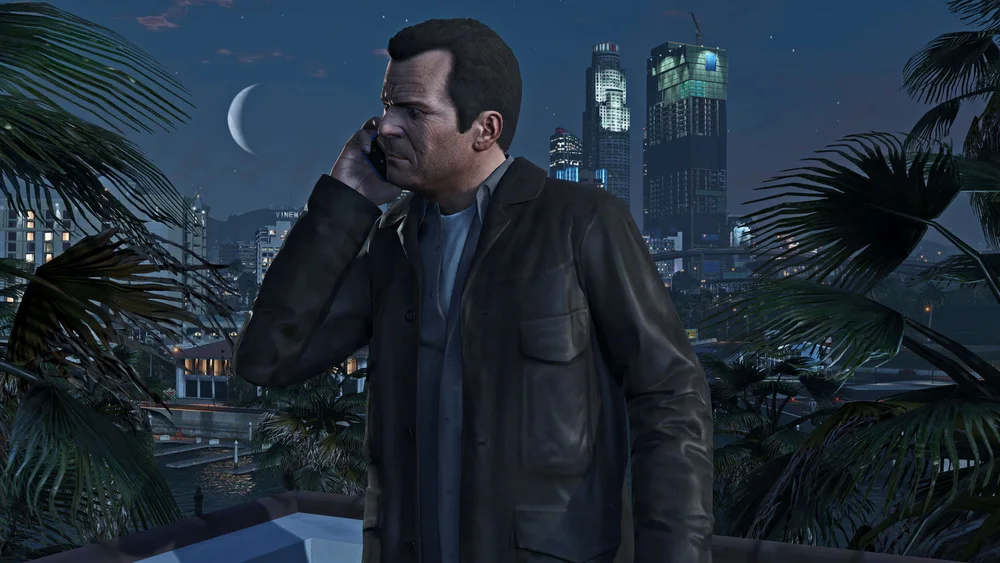
Visually, GTA V also set a new benchmark for open world games with its detailed cityscape, highly interactive environments and incredible attention to detail. Dripping air conditioners, rolling tumbleweeds and shifting cruise ship propellers help give Los Santos an uncanny sense of liveliness. Dynamic events like traffic accidents, holdups and shootouts emerge organically to create a living simulation of crime in a big city.
The gameplay and graphics alone would have made GTA V a success, but what truly catapulted the title to mainstream popularity was its irreverent, satirical take on American pop culture and society. The game lampoons everything from celebrity worship and gangster culture to corrupt institutions and law enforcement agencies. Its biting social commentary and wry sense of humor draw players into this fantastical yet familiar version of L.A.
Finally, Rockstar Games’ knack for creating addictive gameplay systems ensured players kept coming back for more. Continuous updates offered new weapons, vehicles and missions to unlock while multiplayer modes like Heists, Races and Adversary modes gave players a massive wealth of additional content to explore with friends. Five years after release, GTA Online remains a cultural phenomenon in its own right.
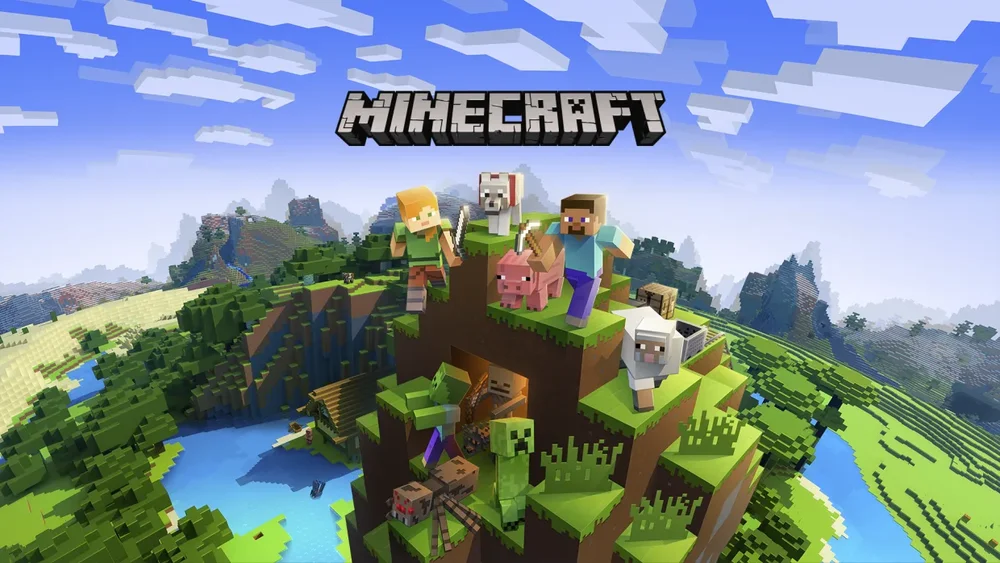
1. Minecraft
Minecraft has become nothing short of a pop culture juggernaut since its initial release back in 2009. What began as a humble “indie” game created by Swedish game designer Markus “Notch” Persson has turned into the best-selling video game of all time, with over 200 million copies sold and a massive $2.5 billion purchase by Microsoft in 2014. But what is it about Minecraft that has made it such a sensation among players of all ages?
At its core, Minecraft is about creativity, imagination and giving players the ultimate virtual Lego set. By letting players rearrange textured cubes to build anything they can imagine, Minecraft taps into a basic human desire to shape the world around us. From castles to mansions, rollercoasters to entire cityscapes, the creations players conjure up in Minecraft are truly mind-boggling. And the more complex the build, the greater the sense of pride and accomplishment for players.
Beyond simply building, Minecraft also provides players an entire open world sandbox to explore and interact with. Players must gather natural resources, craft tools, build shelters and farms, defend against monsters and even tame and breed entire armies of virtual pets. This combination of construction and survival gameplay ensures the experience remains engaging even during long creative breaks.
Minecraft’s simplistic 16-bit visual style also serves to heighten the game’s focus on creativity and playfulness. The “pixelated” textures and low-fi graphics harken back to a more innocent era of video games, inviting players young and old to rediscover their childhood sense of wonder and imagination. The elegant minimalism of Minecraft’s design leaves plenty of room for players’ own vision to shine through.
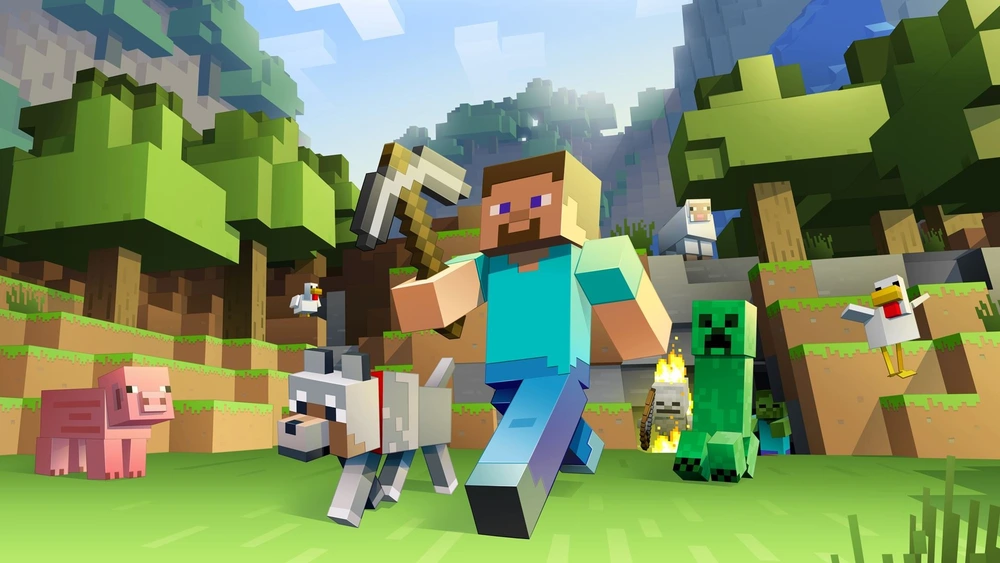
Perhaps most importantly, Minecraft has evolved into a cultural phenomenon far beyond a video game. Kids incorporate Minecraft into their pretend play at school, communities organize massive collaborative building projects, and content creators produce an endless supply of Minecraft-related videos, songs, stories and memes on social media. By giving players a virtual toolkit for self-expression and fostering an enthusiastic community built on sharing creations, Minecraft has effectively become a platform for players’ real-life creativity as well.
In summary, Minecraft successfully captures the simple yet profound joy of creative play that we all felt as children. By providing an expansive virtual world where the only limits are players’ own imaginations, Minecraft has managed to create a sense of childhood wonder that appeals to people of all ages. And it is this timeless power of creativity, imagination and sharing experiences with others that makes Minecraft truly unique as a video game – and helps explain its incredible, unprecedented popularity.
Some of the best selling video games of all time include Minecraft, Grand Theft Auto V, Tetris and Wii Sports.
A few things can help. Innovative or revolutionary mechanics, graphical styles or narratives that captivate the public imagination. Popular playable characters that become icons. Viral marketing campaigns or memes that spread organically. And games that tap into timeless human desires for things like creativity, problem-solving, social connection and competition. Cultural impact often spreads a game’s reach far beyond its original target audience.
Nintendo is the all-time best selling video game developer thanks to the massive success of franchises like Mario, Zelda, and Pokemon. Other top-selling developers include Activision (Call of Duty, Skylanders), Electronic Arts (FIFA, The Sims), and Take Two Interactive (Grand Theft Auto, NBA 2K). Japanese developers like Square Enix, Bandai Namco and Capcom also regularly produce best sellers.


